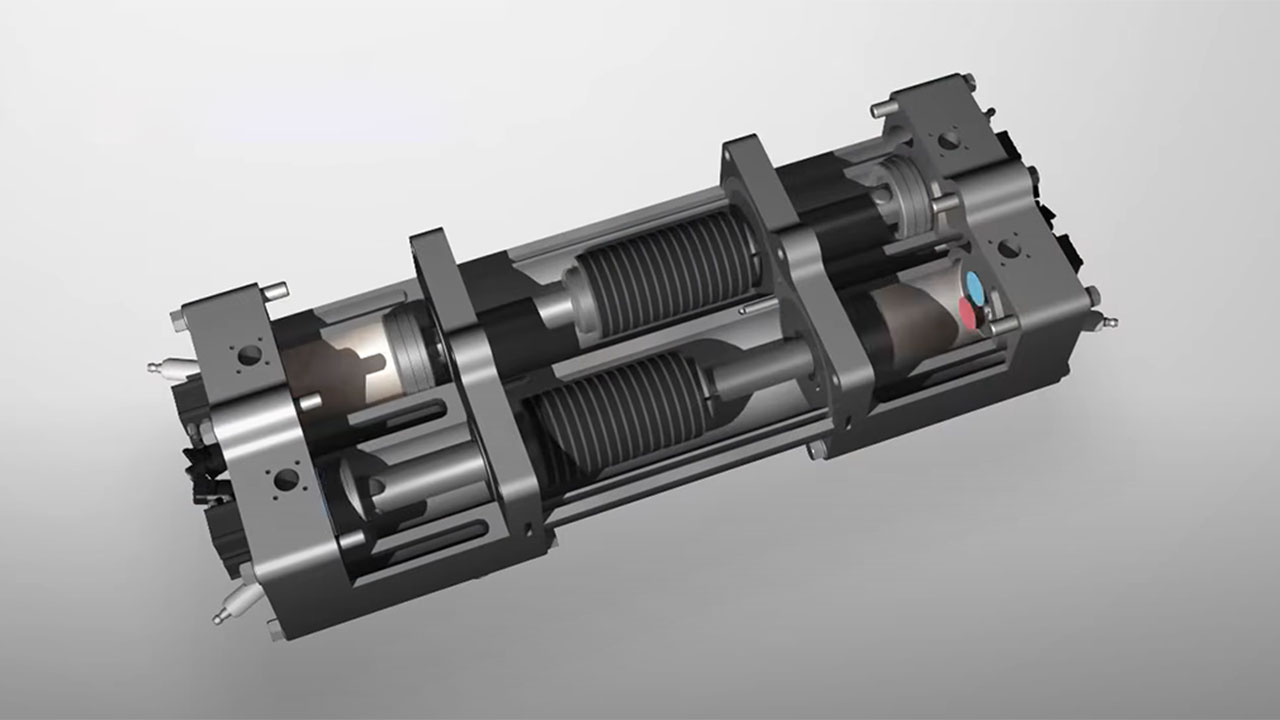
Toyota is revolutionizing the automotive industry with its groundbreaking W-Piston Free-Piston Engine, which achieves an impressive 50% efficiency. This innovation not only promises enhanced performance but also aligns with global sustainability goals, potentially redefining the future of powertrains in sports cars and beyond.
The W-Piston Engine: A New Era in Internal Combustion
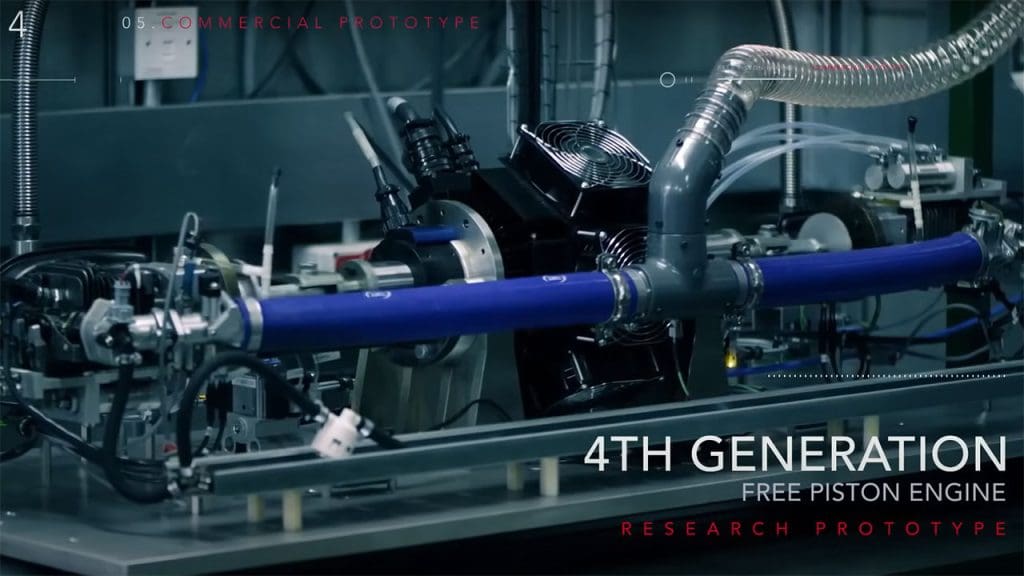
The mechanics behind the W-Piston design represent a significant departure from traditional internal combustion engine architectures. Traditional engines rely on a crankshaft to convert linear piston motion into rotational motion, which inherently limits efficiency. The free-piston engine technology employed in Toyota’s W-Piston engine eliminates the crankshaft, allowing pistons to move freely. This unique configuration enables more direct and efficient energy transfer, reducing mechanical losses and enhancing overall performance.
What sets the W-Piston configuration apart is its innovative approach to managing combustion and energy conversion. Unlike conventional engines, where multiple pistons are connected to a single crankshaft, the W-Piston system uses a linear generator to convert piston movement directly into electricity. This method significantly reduces friction and heat loss, contributing to the engine’s remarkable 50% thermal efficiency. By comparison, most traditional internal combustion engines achieve only 25-30% thermal efficiency, highlighting the breakthrough nature of Toyota’s design.
Efficiency and Performance Breakthroughs
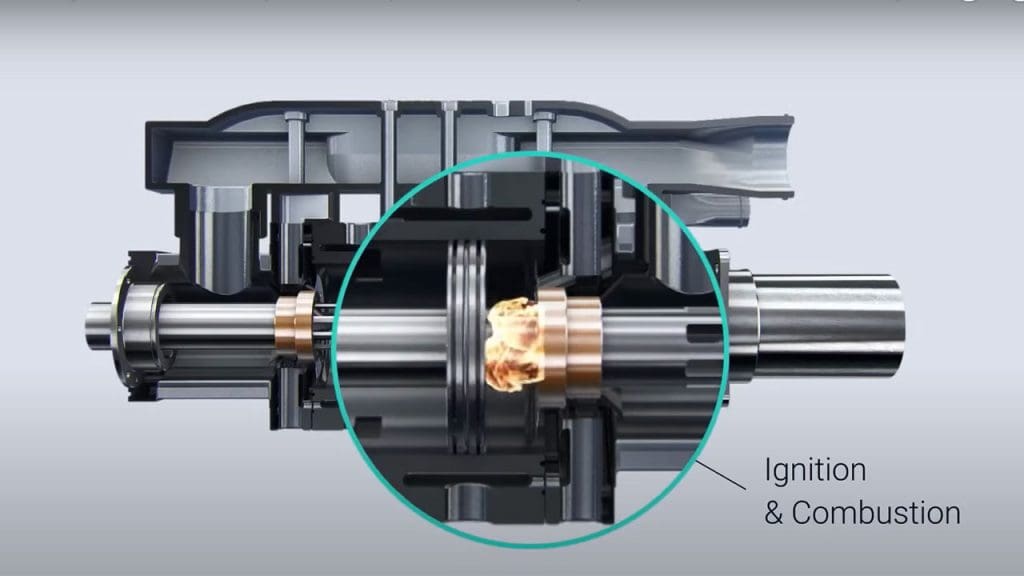
Achieving 50% thermal efficiency in an internal combustion engine is a monumental leap forward, with profound implications for fuel consumption and emissions. This level of efficiency translates to a substantial reduction in fuel usage, making the W-Piston engine not only a powerhouse in terms of performance but also a champion of environmental responsibility. By consuming less fuel, the engine also lowers carbon emissions, helping to meet stringent global environmental standards.
When comparing Toyota’s W-Piston engine with conventional internal combustion engines, the differences in power output and emission levels are striking. Traditional engines, even with advanced technologies like turbocharging and direct injection, struggle to balance power and efficiency. In contrast, the W-Piston engine excels in both areas, delivering high power output while maintaining low emissions. This breakthrough positions Toyota at the forefront of sustainable automotive innovation.
Redefining Power: Implications for Future Sports Cars
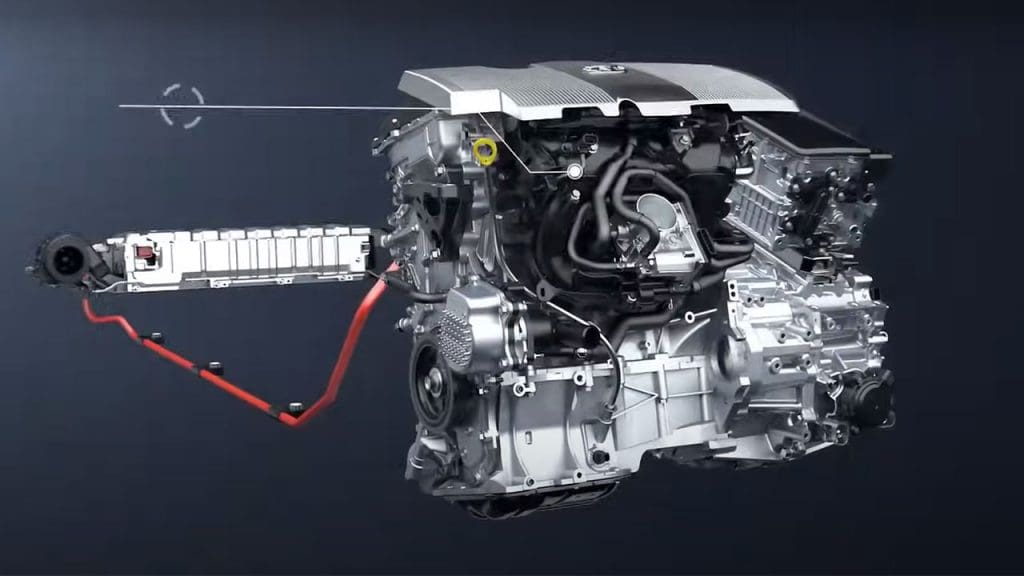
The promise of a high-performance engine capable of delivering 600 horsepower is a tantalizing prospect for sports car enthusiasts. The W-Piston engine can transform the sports car experience, offering unparalleled power and responsiveness. Potential models integrating this technology could redefine what drivers expect from performance vehicles, combining raw power with unprecedented efficiency.
Beyond standalone applications, the W-Piston engine’s potential for integration with hybrid and electric systems presents exciting opportunities. Toyota has been at the forefront of solid-state battery technology, which complements the W-Piston engine’s capabilities. The synergy between these technologies could lead to a new generation of hybrid sports cars that offer both electrifying performance and exceptional fuel economy. This alignment with Toyota’s broader electrification strategy underscores the company’s commitment to innovation and sustainability.
Technological Innovation and Industry Impact
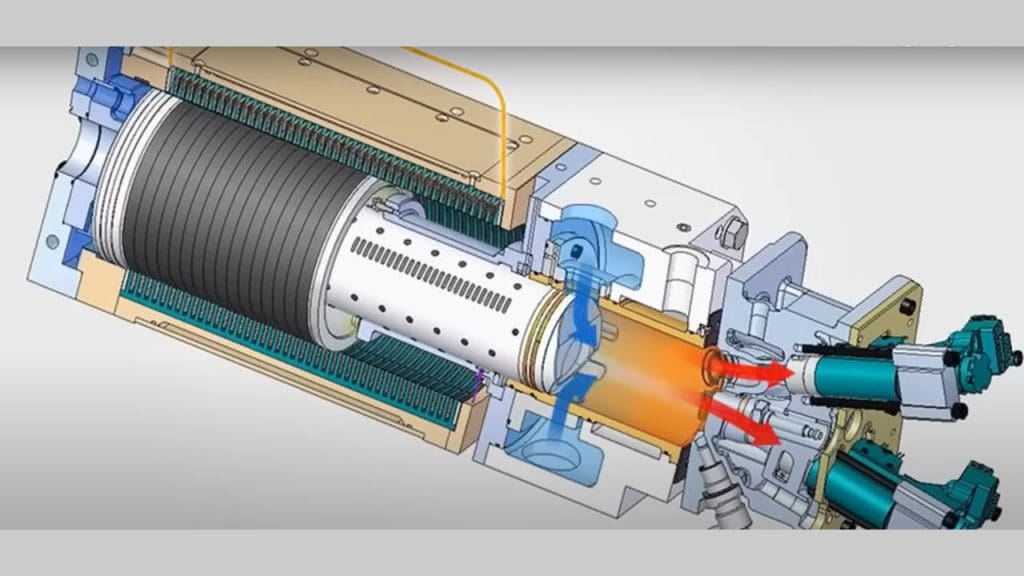
The development of the W-Piston engine was not without its challenges. Overcoming engineering hurdles in design and manufacturing required innovative solutions and a commitment to pushing the boundaries of what is possible. Toyota’s approach to research and development emphasizes collaboration and experimentation, allowing the company to navigate these challenges successfully. By fostering a culture of innovation, Toyota continues to set new benchmarks in automotive technology.
As Toyota advances its W-Piston engine, it inevitably puts other automakers on notice. This technological leap forces the industry to reassess the potential of internal combustion engines in a rapidly evolving automotive landscape. The ripple effect of Toyota’s innovation is already being felt, as competitors explore similar technologies to stay competitive. The W-Piston engine’s impact on global automotive trends cannot be overstated, as it sets a new standard for what internal combustion engines can achieve in terms of efficiency and performance.
Sustainability and Environmental Considerations

One of the most significant advantages of the W-Piston engine is its potential to reduce emissions and lower the automotive industry’s carbon footprint. By achieving higher efficiency, the engine minimizes fuel consumption, directly translating to fewer emissions. This aligns with global sustainability initiatives and regulations aimed at reducing greenhouse gas emissions and combating climate change. As countries worldwide strive to meet ambitious environmental goals, Toyota’s innovation provides a valuable tool in the fight for a greener future.
Despite the push towards electrification, the future of internal combustion engines remains relevant in a greener world. Balancing traditional engine technology with new environmental demands is a challenge that Toyota is uniquely positioned to address. The company’s vision for the sustainable evolution of internal combustion engine (ICE) vehicles involves continuous improvement and integration with advanced technologies. This approach ensures that ICE vehicles remain viable and environmentally responsible options for years to come.
In conclusion, Toyota’s latest breakthrough in internal combustion engine technology, the W-Piston Free-Piston Engine, is a testament to the company’s commitment to innovation and sustainability. By achieving unprecedented efficiency and performance, Toyota is not only redefining what is possible in the automotive industry but also paving the way for a more sustainable future.